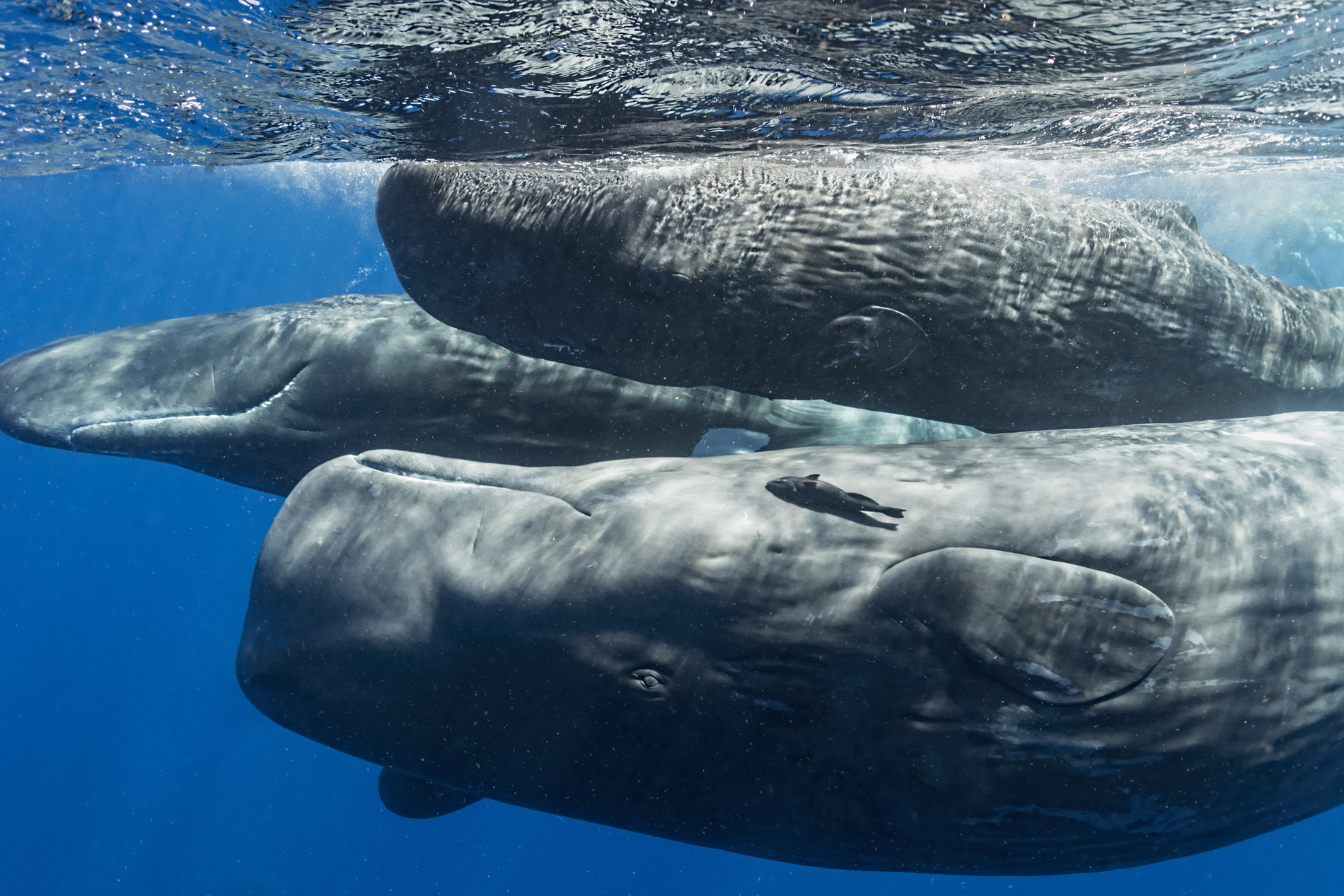Baseline knowledge – ecology of marine mammals, their habitats, and their threats
Research and monitoring
- Last updated | 4 August 2023
Baseline data can represent the current distributions and abundances of marine mammal species, knowledge of the various human activities within the MPA, and the manner in which these activities affect marine mammals. Effective management of an MPA for the protection of marine mammals, or even deciding on the location of, or need for, an MPA should be guided the best available knowledge concerning the distribution of marine mammal species currently within the region, as well as an understanding of their potential threats. However, many species remain very poorly understood, particularly in developing countries [1].

In the case of an MPA specifically created for marine mammal conservation, baseline data should have formed a key component of the MPA’s proposal. Ideally, the distribution and abundance of species, the type and intensity of human activities that may affect marine mammals, and the likely impacts of these activities on the relevant species could justify the need for the MPA [2]. However, most MPAs exist for multiple purposes, with detailed baseline data with respect to marine mammals often lacking at this stage.
Baseline marine mammal data should inform the development of the management plan. Species distributions, abundances, diversity and habitat information (in spatial format such as maps or GIS data) are important inputs to zoning plans. By identifying critical habitat [3], the zoning plan can be designed so that the most important areas are given higher levels of protection.
Analyses of the ecological status of marine mammals (health of populations, vulnerability etc.) within the MPA also informs the types of regulations required to protect relevant species. Understanding, communication and considering the aforementioned key data is crucial for the development of efficacious marine spatial management plans whilst ensuring that management plans consider all ecological and socio-economic aspects [4].
Baseline data is also vital in providing a reference with which to compare the results of future monitoring. Only with this can effective temporal and spatial assessments of an MPAs performance be made [5].
The costs to survey marine mammals, and particularly cetaceans, are often expensive and time-consuming. Baseline marine mammal data should therefore be assembled from all possible existing sources, including published papers, grey literature, consultancy reports, local knowledge and traditional ecological knowledge (TEK) [1]. Similarly, the socioeconomic data required to analyse threats should, as much as possible, be assembled from existing sources such as fisheries agencies.
Collaboration between MPA management and experts, researchers, NGOs, other government agencies and community and user groups (see Factsheets 17 and 18) will help to obtain any existing baseline information
Where MPA management identifies knowledge gaps, it can seek to fill these through targeted surveys including dedicated marine mammal surveys (see monitoring Factsheets) [2].
This study, although not focusing on a single MPA, generated a baseline cetacean
dataset along the data-poor Tanzanian coast. Existing distribution records were gathered from a broad suite of sources including published and unpublished information, museums, dive centres, and seismic survey vessels among others.
This information was augmented by dedicated, robust, repeatable surveys, as well as interviews with fishers to determine effort, bycatch and other relevant threats to cetaceans. This methodology allowed the identification of critical cetacean habitat and areas of serious threat, which can then be used to inform management.
Braulik, G. T., Kasuga, M., Wittich, A., Kiszka, J. J., MacCaulay, J., Gillespie, D. (2018). Cetacean rapid assessment: An approach to fill knowledge gaps and target conservation across large data deficient areas. Aquatic Conservation: Marine and Freshwater Ecosystems. 28(1); 216-230
If you would like to get in contact with us, please use the button below.
Copyright 2022 © All rights Reserved. Design by piknetart.com